Blockchain Scaling - Monolithic and Homogeneous
How to use the slides - Full screen (new tab)
Blockchain Scaling
Monolithic and Homogeneous
Lesson format
- Two approaches:
- Historically, we move from protocols that are monolithic and homogeneous to ones that are modular and heterogeneous
- Structurally, we can compare in terms of security assumptions and design trade-offs
- First half covers theory, homogeneous sharding, shared security
- Second half is rollups and beyond
What do we mean by scaling?

- Increasing throughput: data executed through state transitions
- TPS:
- Widely stated
- Often gamed
- Individually signed user transactions (no inherents)
- Peak vs. sustained load
- sTPS used in Polkadot (no db caching)
- Not currently the driver of throughput needs (DeFi + NFT drops)
Horizontal vs. Vertical Scaling
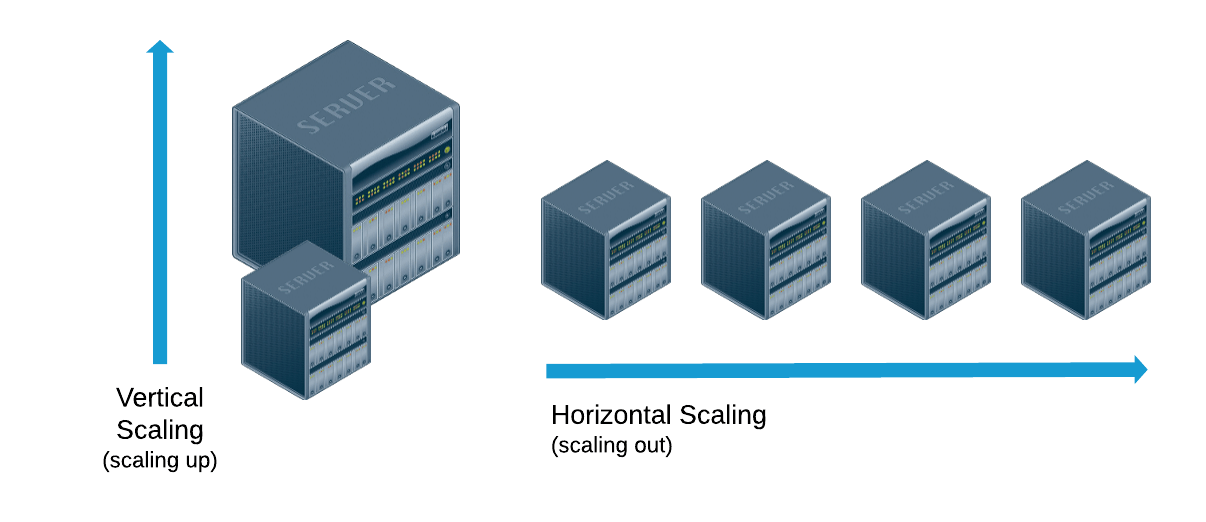
- Vertical scaling: adding more resources per machine
- Horizontal scaling: adding more machines
Scalability Trilemma

- Why do we care about horizontal scaling for blockchains?
- Lower barrier of entry -> more decentralization
Vertical scaling approaches
- Adaptive responsiveness (HotStuff)
- Mempool optimization:
- Pipelining: building future blocks before previous ones have been included
- DAG-based (Narwhal)
- To avoid MEV (for Polkadot: Sassafras)
- Parallel execution
- UTXOs
- Move Language: STM with linear types
- For Polkadot: elastic scaling
Notes:
- https://dahliamalkhi.files.wordpress.com/2018/03/hot-stuff-arxiv2018.pdf
- https://arxiv.org/pdf/2305.13556.pdf
- https://arxiv.org/pdf/2105.11827.pdf
- https://eprint.iacr.org/2023/031.pdf
- https://move-book.com/
Restaking
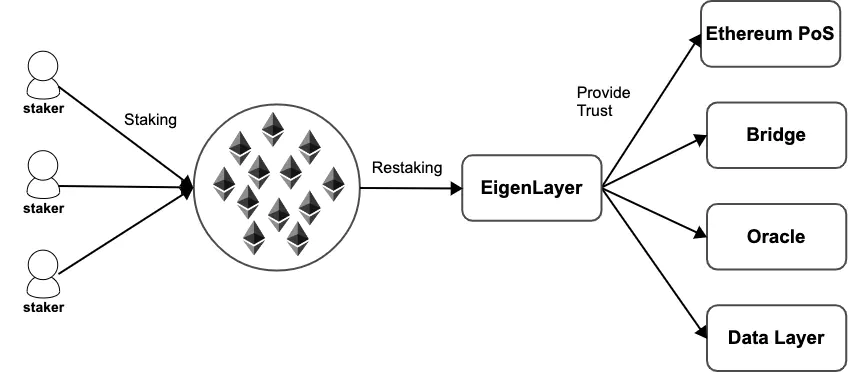
- Existing validator sets (Cosmos Hub, Ethereum with Eigenlayer) can opt-in to validating other protocols using same bond
- Capital scaling, not throughput scaling
- All validators must validate all protocols in order to have the same security
Restaking
- Two arguments in favor (shared with Polkadot)
- Shared economic security against market buying tokens to attack PoS
- Reduces capital costs to validators, while increasing revenue sources -> security is much cheaper for client protocols
- Appchain thesis: flexible blockspace has advantages over generalized smart contract platforms (including for throughput)
Sharding
Sharding
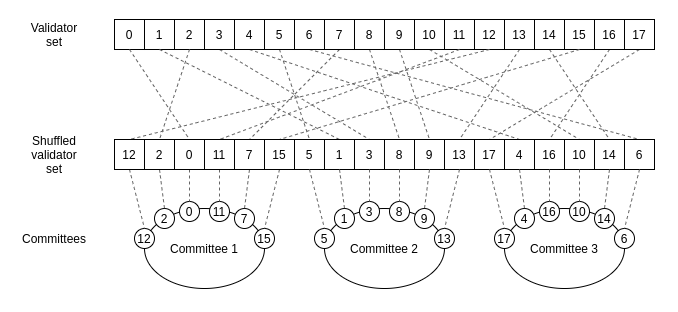
- Term from traditional databases
- Definition: distributing over subsets of machines (committees)
- Execution vs. data sharding
Notes:
Problem Space: Byzantine Thresholds
- Typically can't assume f holds within committees
- Unless they're statistically representative
- Alternatively we rely on 1-of-n assumptions
Problem Space: Adaptive Corruption
- Easier to corrupt (DOS, bribe, etc.) small committees than entire validator set
- Must be sorted with strong on-chain randomness (e.g. VRFs not PoW hashes)
- Must be frequently rotated
- Weaker assumption: adaptive corruption isn't immediate
Problem Space: Cross-shard Messaging
- Imbalanced message queues (different with heterogeneous vs. homogeneous shards)
- Creates a dependency when shards are rolled back -> easier when finality is tied together and fast
- Undirected graph approach (Casper/Chainweb):
- Only allows messaging between adjacent shards
- Adjacent shards are validated together
Solutions: 1-of-n assumptions
- Polkadot (eager)
- Optimistic rollups (lazy)
- Nightshade (Near)
- Optimistic homogeneous sharding
- Availability protocol based on Polkadot's
Notes:
Solutions:
Statistically Representative Committees

- Statistically representative committees (Omniledger, Polkadot with multiple relay chains)
- Very large validator sets (thousands)
- Large (hundreds) statistically representative committees
- Committees aren't rotated every block (weaker adaptive corruption assumption)
- 4f trust assumption in validator set -> 2f+1 in Committees
- Separate "beacon" chain for Sybil resistance
Notes:
Solutions: Validity proofs (zk-rollups)
- Cryptographic proofs of execution
- Asymmetry between proving and verifying times
- Proving is slow
- Verifying is fast and constant time
- Proofs are succinct, can go on chain
- Typically ZK proofs, but not necessary
State Channels, Plasma, and Beyond
State Channels
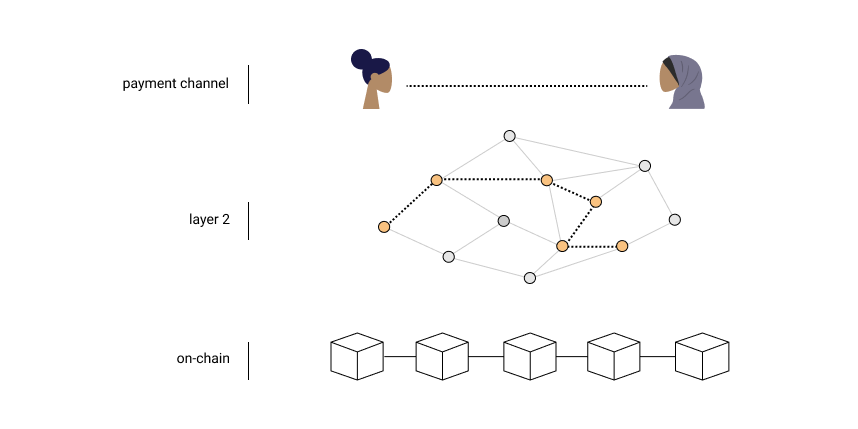
- Part of state is locked, updated off-chain between closed set of participants, then unlocked and committed to chain
- Payment channels, e.g. Lightning network, are a special case
- Composition between channels sharing parties
- Can be application-specific or generalized (e.g. Counterfactual)
Notes:
- https://vitalik.ca/general/2021/01/05/rollup.html
- https://www.jeffcoleman.ca/state-channels/
- https://lightning.network/lightning-network-paper.pdf
State Channels
- Greater liveness assumptions:
- The chain will accept stale state transitions as final
- Someone must be regularly online to submit later ones
- This can be outsourced to watchtower networks
- Typically challenge period after closing channel
State Channels
- Cannot be used for all kinds of operations
- Sending funds to new parties outside the channel
- State transitions with no owner (e.g. DEX operations)
- Account-based systems
Plasma
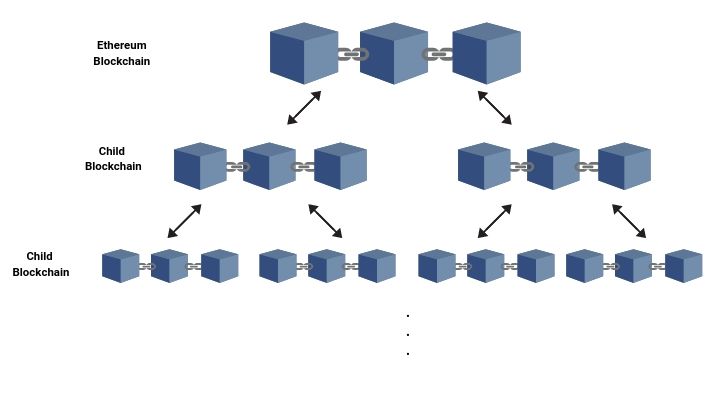
- "Ether + Lightning"
- Like state channels, but hashes published to L1 at regular checkpoints
- "Map-reduce" blockchains, PoS on top of PoW Ethereum
- Downsides:
- State transitions still need "owner"
- Still not ideal for account-based systems
- Mass exit problem in case of data unavailability
Notes:
Flavors of Plasma
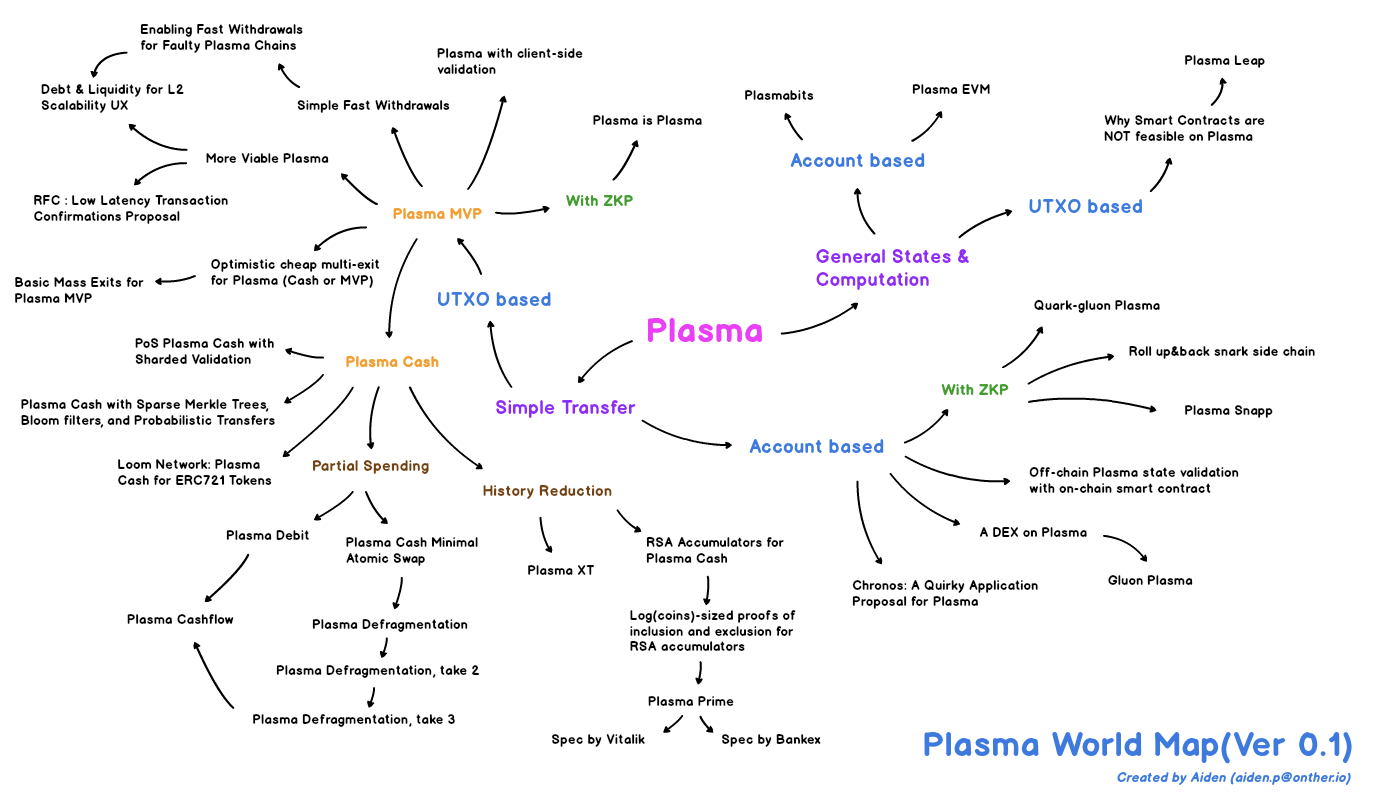
- Plasma MVP: UTXO-based
- Plasma Cash: NFT-based -> only prove ownership of own coins
- Polygon: Plasma and PoS bridges
Notes:
- https://ethresear.ch/t/plasma-world-map-the-hitchhiker-s-guide-to-the-plasma/4333
- https://ethresear.ch/t/plasma-cash-plasma-with-much-less-per-user-data-checking/1298
- https://ethresear.ch/t/minimal-viable-plasma/426
The Life and Death of Plasma
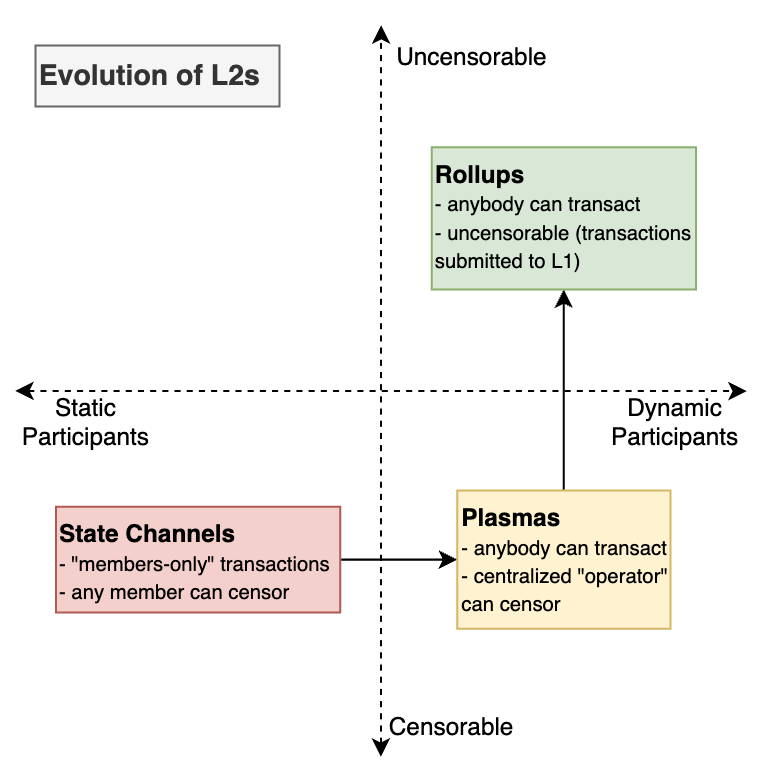
- 2017-2019: Plasma paper to the emergence of rollups
- zk-rollups
- Merged consensus
- Generalized fraud proofs
- Plasma Group becomes Optimism
Notes: